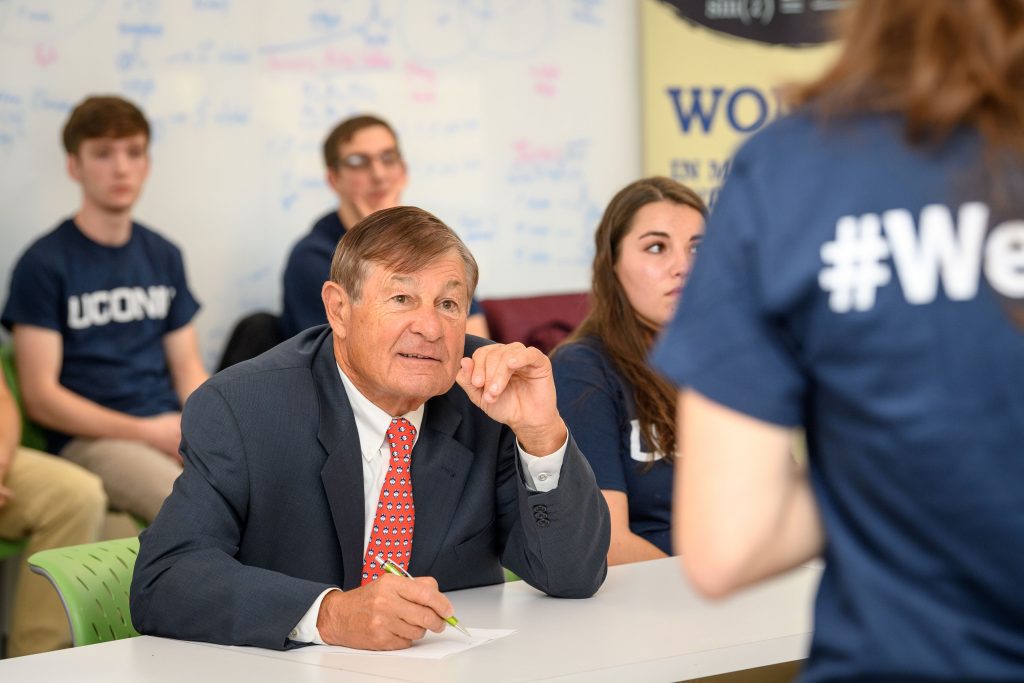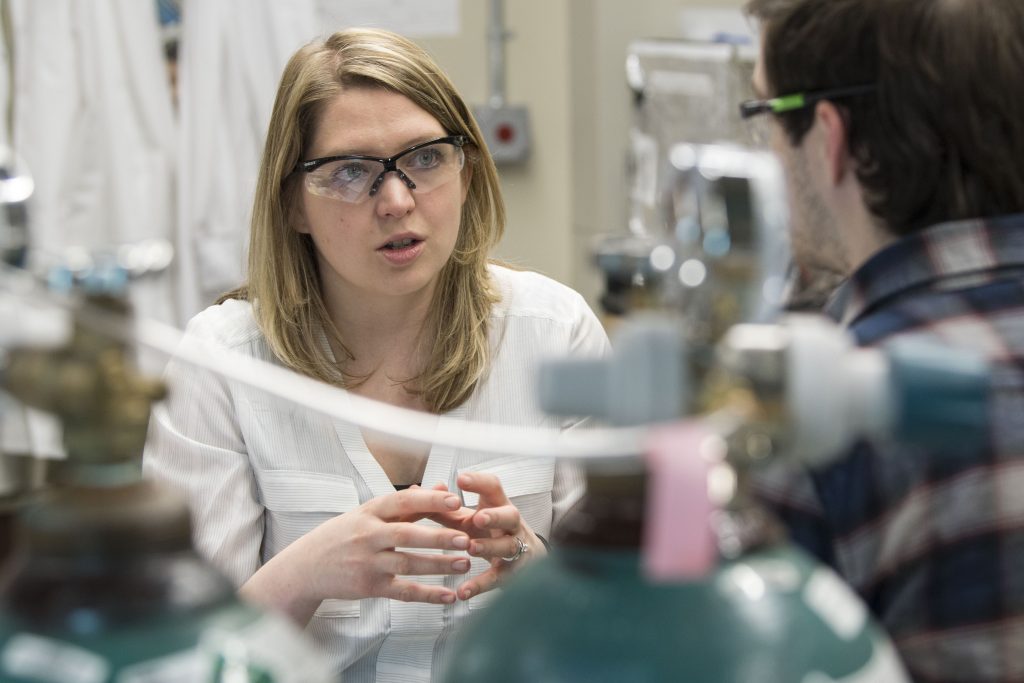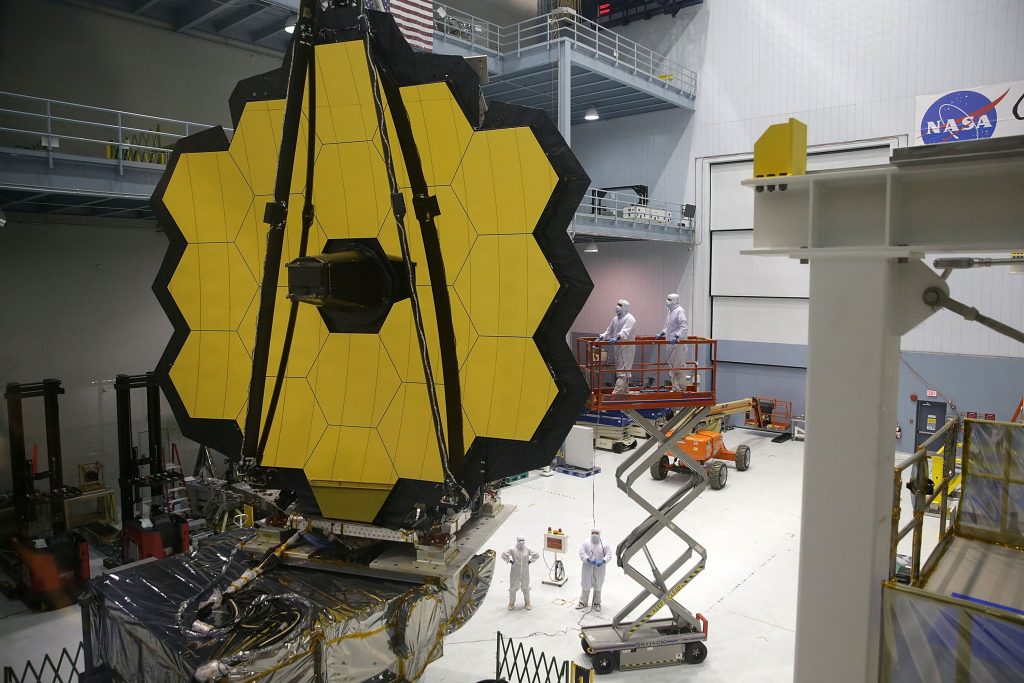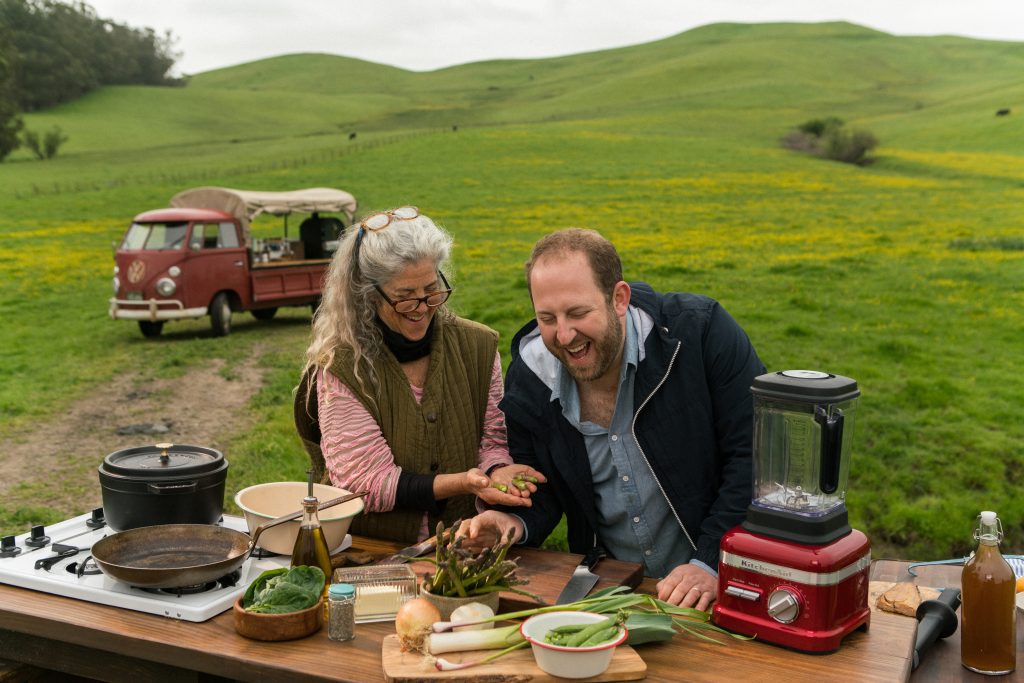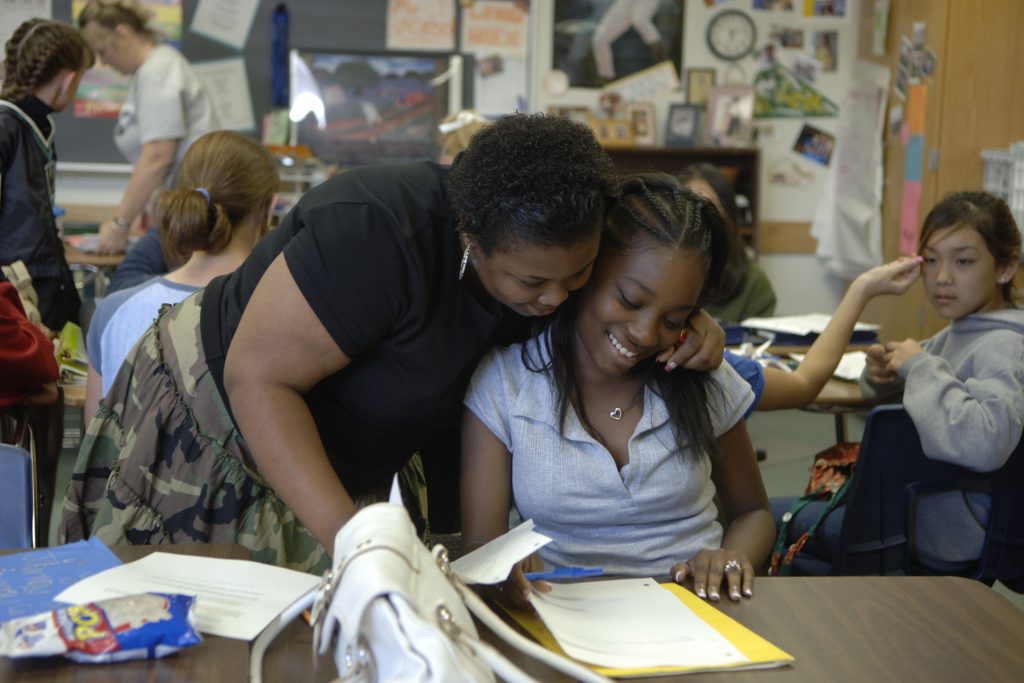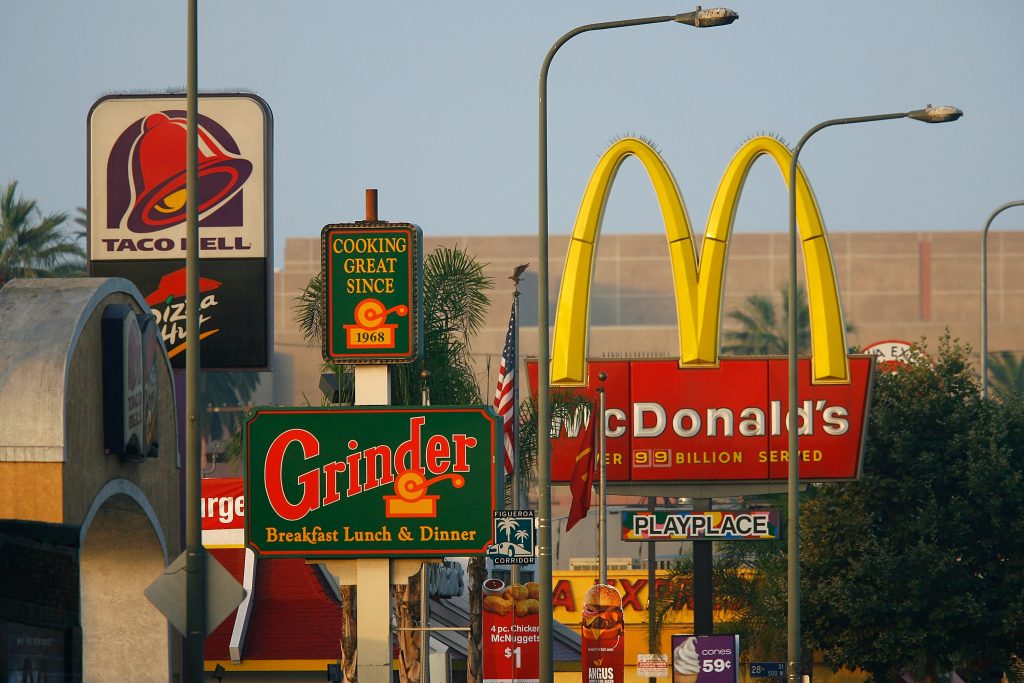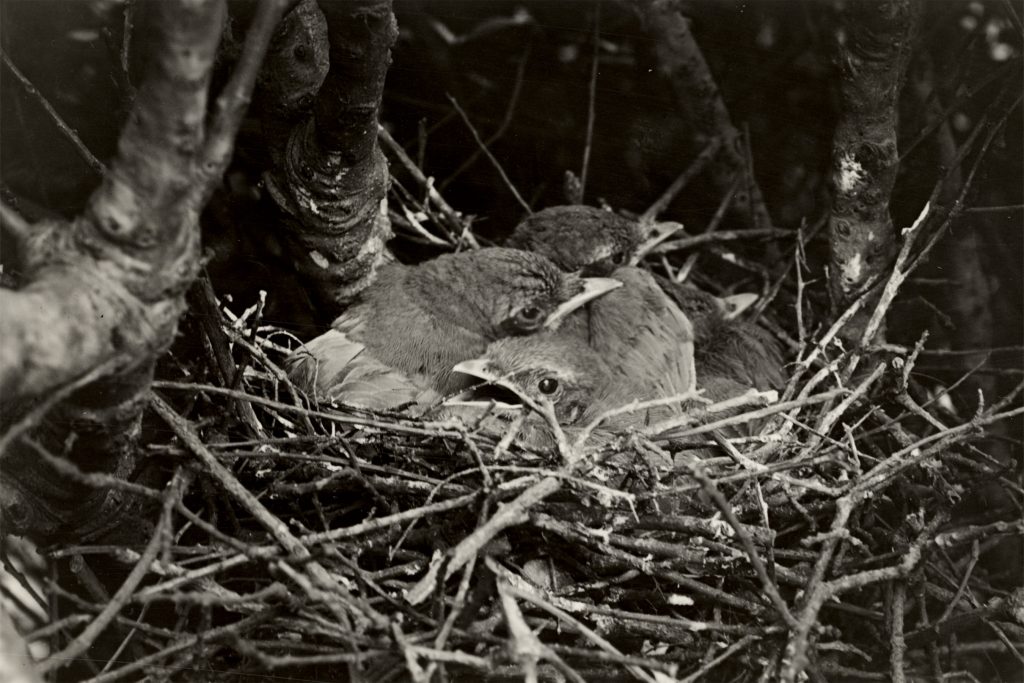College of Liberal Arts and Sciences
Animating Biological Concepts
Biology majors enrolling for next semester in the lab section of Biology 1107 will be among the first to benefit from a series of five instructional animations developed by students in digital media and art.
December 5, 2017 | Kenneth Best
Supporting the Next Generation of Innovators
After announcing his $22.5 million commitment to foster innovation at UConn, donor Peter Werth attended presentations by student innovators at the newly named Peter J. Werth Residence Tower.
December 5, 2017 | Peter Morenus
Tailoring Treatment to Combat Diseased Cells at the Genetic Level
A UConn researcher developed a new drug delivery system using a synthetic-biological hybrid capsule that leaves healthy cells alone, increasing effectiveness and reducing unwanted side effects.
December 4, 2017 | Jessica McBride, Office of the Vice President for Research
UConn on the Front Line to Glimpse Farthest Reaches of Universe
Two UConn physics professors will be among the world’s first scientists to explore the universe using the new James Webb Space Telescope.
November 27, 2017 | Elaina Hancock
Recent Alum Has Whole World in Her Hands
Travel journalist Olivia Balsinger ’14 (CLAS) has 75 nation stamps in her passport.
November 24, 2017 | Jesse Rifkin ’14 (CLAS)
Checking in with Joel Gamoran, Host of FYI’s ‘Scraps’
'I see flavor where the world sees waste,' says the UConn alum, whose new cooking show debuted in May.
November 22, 2017 | Catherine Newman
Hurricane Aftermath: Lessons from Katrina that are Relevant Now
Teachers will be part of the healing process for children relocating after Hurricanes Maria and Harvey, says UConn's Edith Barrett.
November 21, 2017 | Kristen Cole
Thanksgiving Turkey Makes You Sleepy? Gobbledygook.
While you may feel sleepy after Thanksgiving dinner, that's not because of the turkey, says UConn neurobiologist John Redden.
November 17, 2017 | Kim Krieger
Food Swamps Predict Obesity Rates Better Than Food Deserts
A new UConn Rudd Center study found that easy access to fast- and junk-food outlets was a better predictor of high obesity rates than lack of access to affordable, nutritious food.
November 14, 2017 | Daniel P. Jones, UConn Rudd Center
How Birds are Rescheduling their Lives Around Climate Change
'We were expecting them to only move in space, but we’ve demonstrated they also move in time,' says UConn researcher Morgan Tingley.
November 13, 2017 | Elaina Hancock

